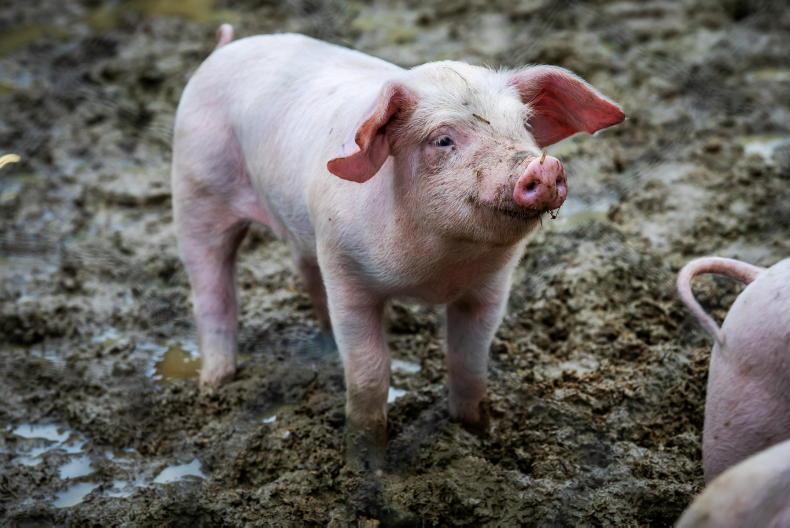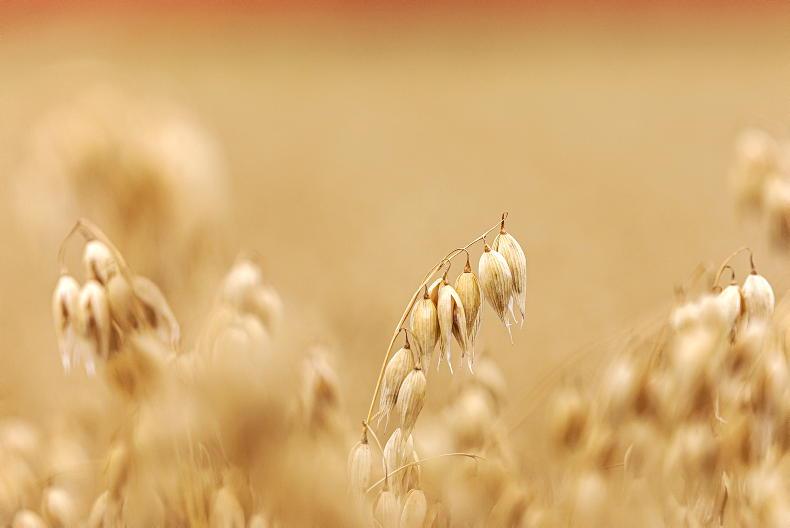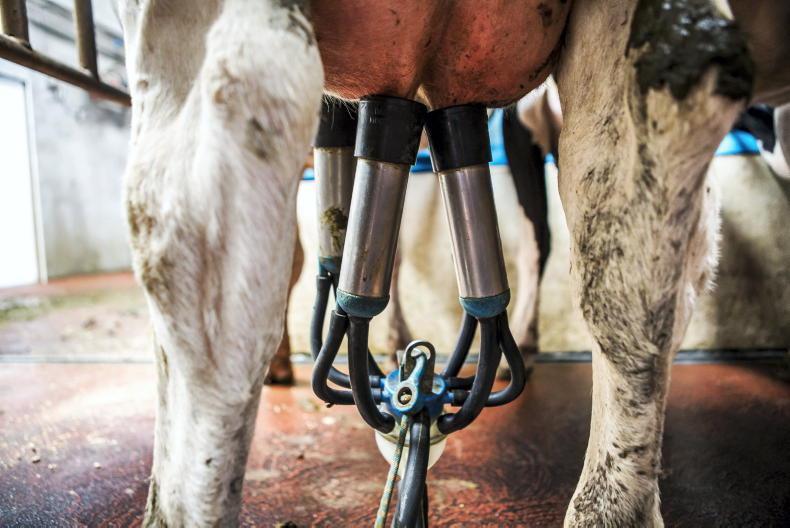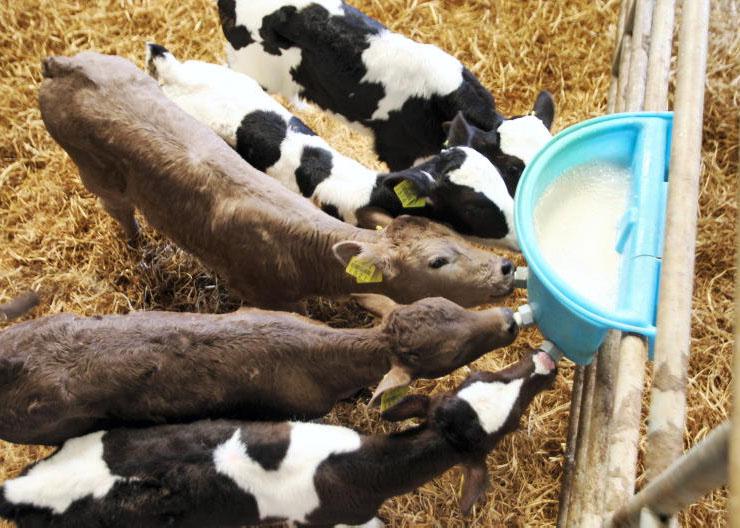All commentators are suggesting that milk prices are going one way and that’s down.
There is a realisation among most farmers that prices have reached heights that were never before expected and that the only way is in fact down.
Now, dairy farmers are by no means staring into an abyss when it comes to milk price.
A Teagasc situation and outlook report suggests that milk prices will fall by 15% in 2023, which would equate to a 9c/l drop from the current 58c/l position.
That would put milk price at the sub-50c/l mark for the year, but only marginally.
Positive
At the nitrates and milk price information meeting in Corrin Mart the week before last, Richard Scheper from Rabobank was more positive, suggesting milk price would stay above 50c/l in Holland.
The Dutch milk price peaked at around 55c/l this year. He said he felt that supply constraints around the world would impact on prices because the risk of an oversupply dragging down prices just isn’t likely.
This is because feed costs are very high, labour very scarce and new environmental restrictions are also having an impact on farmers’ ability to ramp up production on the back of higher milk prices.
Equation
Milk price itself is only one part of the profit equation. Costs of production also has a big impact and feed and fertiliser costs in particular remain quite volatile.
There is huge uncertainty over grain prices, with the futures market showing a sharp drop in prices over current grain prices. However, Teagasc estimates that feed costs will be 10% higher in 2023.
A lot of the actual feed costs will be determined by the amount of meal being fed and on many farms this increased by 40% to 50% in 2022 after a sluggish year for grass growth due to soil moisture deficits.
Weather pattern
Presuming a more normal weather pattern for 2023, we can expect farmers to reduce feed usage, particularly on farms at risk going into the top band for nitrates banding.
Fertiliser markets remain quiet and while there is some talk of urea at sub-€850/t, there is very little evidence to say of any urea moving at this price.
Most farmers who wanted to buy urea for next season have it bought now, but with gas prices down a lot on their late-autumn peak, it remains to be seen what impact this will have on the main fertiliser market come April and May.










SHARING OPTIONS